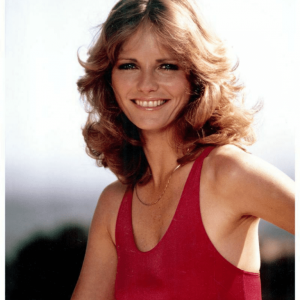While society has made great strides in inclusivity and respect, history reveals some disturbing truths about how people with physical differences were once treated. In the 19th and early 20th centuries, freak shows were a popular form of entertainment where individuals with unique conditions were put on display for public amusement.
One of the most heartbreaking stories from this era is that of Mary Ann Bevan, a woman who was unfairly labeled “the ugliest woman in the world.” Her journey from a loving mother and nurse to a public spectacle is a tragic yet inspiring tale of resilience and sacrifice.
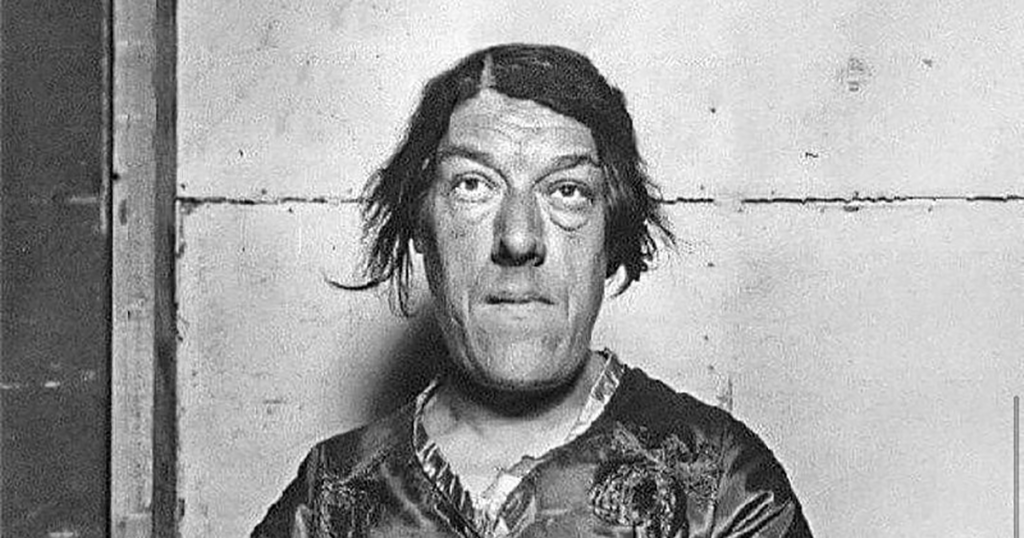
A promising beginning: the early life of Mary Ann Bevan
Mary Ann Webster was born on December 20, 1874, in Plaistow, East London. Raised in a working-class family with seven siblings, she grew up in an era where financial struggles were common.
Unlike her brothers, who were expected to enter the workforce early, Mary Ann had the opportunity to pursue an education. She trained as a nurse and, by 1894, was working in the medical field. She was known for her delicate features and striking appearance, and her life seemed to be on a promising path.
Love, marriage, and the first signs of illness
In 1902, Mary Ann married Thomas Bevan, and together they had four children. Their marriage was happy, and for a time, life seemed stable. However, shortly after their wedding, she began to notice changes in her body. At first, the symptoms were minor, but over time, they became more severe.
She was unknowingly developing acromegaly, a rare disorder caused by excessive growth hormone production. This condition leads to the enlargement of bones and soft tissues, particularly in the hands, feet, and face. At the time, medical knowledge about acromegaly was extremely limited, and there were no effective treatments.
Video: The Tragic Story of “The Ugliest Woman in the World” | Mary Ann Bevan
A cruel twist of fate
Despite her worsening condition, Mary Ann continued to care for her family. However, tragedy struck in 1914 when Thomas died suddenly from a stroke. Now a widow with four children to support, she found herself in an impossible situation.
Her physical appearance had changed so much that finding work became nearly impossible. Employers were reluctant to hire a woman whose condition drew unwanted attention, and society viewed her with cruelty rather than compassion.
A heartbreaking decision
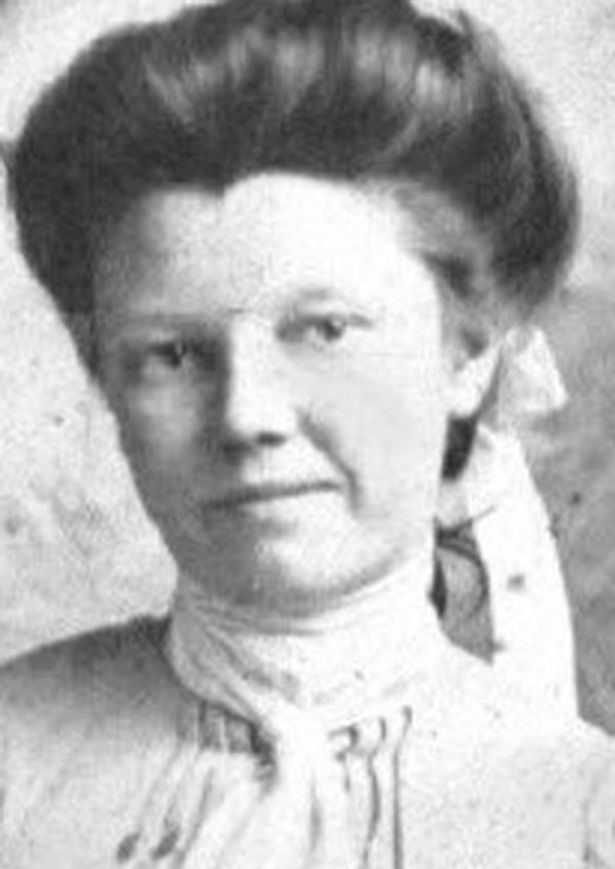
With no other way to provide for her children, Mary Ann came across an advertisement in a newspaper that would change her life. The ad read:
“Ugliest woman wanted. Nothing repulsive, maimed, or disfigured. Good pay guaranteed, and long engagement for the successful applicant. Send recent photograph.”
The ad was placed by Claude Bartram, an agent for Barnum and Bailey, a well-known American circus. Though the idea of putting herself on public display was deeply humiliating, she saw no other option. Her children’s future was her priority, and she was willing to sacrifice her own dignity to ensure they had a better life.
Entering the world of the freak show
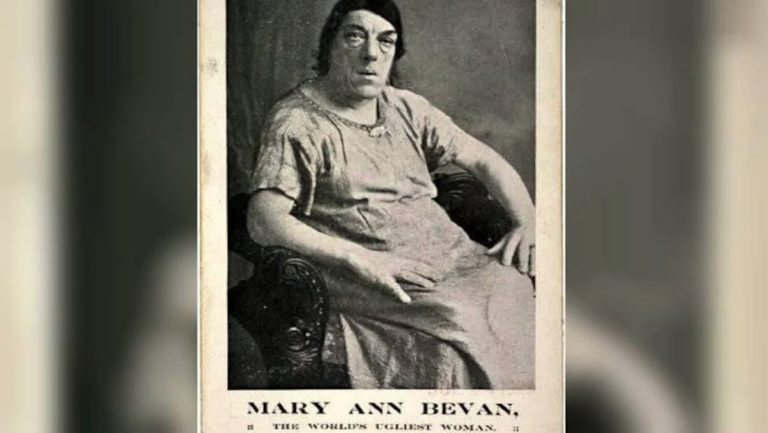
After sending in her photograph, Mary Ann was quickly accepted. She traveled to New York in 1920 to join the Dreamland Circus at Coney Island, where she became a featured attraction. Newspapers across the country labeled her “the ugliest woman in the world,” turning her into a sensation.
At the circus, she was forced to wear unfeminine clothing and exaggerate her appearance to maximize the shock value for paying audiences. Though she endured constant ridicule and laughter, she accepted her role with grace, knowing that every penny she earned was helping her children.
The price of survival
Despite the harsh conditions, Mary Ann’s time in the circus proved financially rewarding. She was able to send enough money back to England to ensure her children received a proper education and upbringing. Over the years, she made the equivalent of what would be nearly 600,000 dollars today.
Although she faced relentless humiliation, she remained strong. One of her promoters, Claude Bartram, later remarked that behind her unusual appearance was a kind and intelligent woman who deeply loved her children.
A bittersweet ending
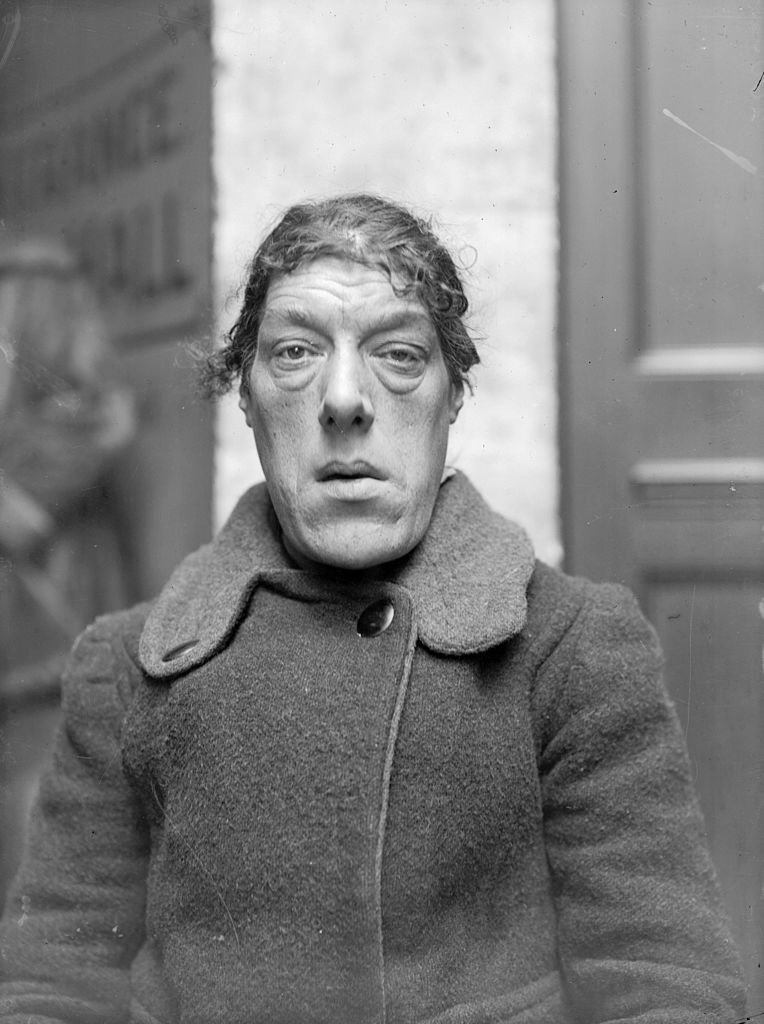
Mary Ann continued working in the sideshow circuit for many years, becoming a well-known figure in the world of traveling circuses. In 1925, she returned to Europe for an exhibition in Paris, but she spent most of her life in New York, performing at Coney Island.
She passed away in 1933 at the age of 59. After her death, her children honored her final wish by ensuring she was buried in her homeland. She now rests at Ladywell and Brockley Cemetery in London.
The true meaning of beauty
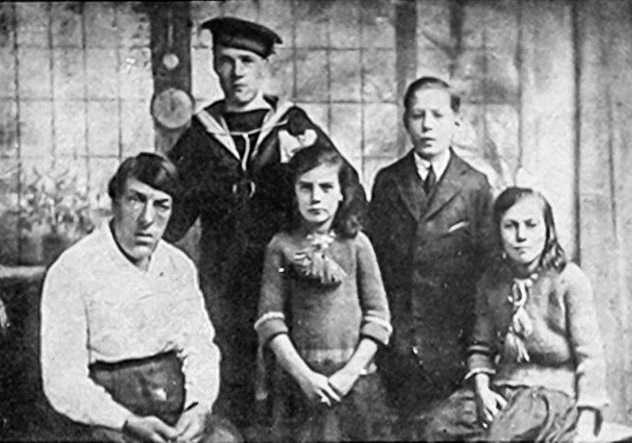
Mary Ann Bevan’s story is one of unimaginable sacrifice. She endured years of public mockery, not for fame or fortune, but out of love for her children. She was a mother who gave up everything to provide for her family.
Her life serves as a stark reminder of the cruelty people once faced simply for being different. Though she was treated unfairly in her time, today, her story is seen as a testament to perseverance and strength. She was not “the ugliest woman in the world”—she was one of the bravest.
